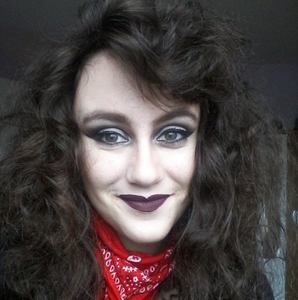9435582
Atoms
Descripción
Sin etiquetas
Mapa Mental por Sharleen Tebb, actualizado hace más de 1 año
Más
Menos

|
Creado por Sharleen Tebb
hace más de 7 años
|
|
Resumen del Recurso
Atoms
- Atoms are incredibly small
- They have a radius of
0.1 nanometers
(1*10^-10m)
- A 50p piece contains about
77,400,000,000,000,000,000,000 of
them
- They have a radius of
0.1 nanometers
(1*10^-10m)
- All substances are
made of atoms
- Parts of an atom
- Electrons
- Move around the
nucleus in
electron cells
- Negatively
charged and
tiny, but cover a
lot of space
- Volume of
orbit
determines
size of atom
- Have
virtually
no mass
- Relative mass: Very small
Charge: -1
- Move around the
nucleus in
electron cells
- Nucleus
- Protons
- Positively charged
and heavy
- Relative mass: 1
Charge = +1
- Positively charged
and heavy
- Neutrons
- Relative mass: 1
Charge = 0
- Neutral charge and
heavy
- Relative mass: 1
Charge = 0
- In the middle of
the atom
- Contains protons and
neutrons
- Has a radius of
around 1*10^-14m
(about 1/10,000 of
the radius of an
atom
- Postive
charge
because of
the protons
- Almost all the
mass of the
atom is
concentrated in
the nucleus
- Protons
- Electrons
- Number of protons = number of electrons
- Atoms have no positive
charge overall and are
neutral (unlike ions)
- Because they have the
same number of protons
and electrons
- Charge on electrons is
even to charge on
protons but opposite,
so they cancel out
- Because they have the
same number of protons
and electrons
- In an ion, number of protons
doesn't equal the number of
electrons, resulting in an
overall charge
- For example: an ion with a
-2 charge has two more
electrons than protons
- For example: an ion with a
-2 charge has two more
electrons than protons
- Atoms have no positive
charge overall and are
neutral (unlike ions)
- Atomic number and
mass number describe
an atom
- Nuclear symbol tells you the
atomic (proton) number and mass
number
- Atomic number (bottom):
How many protons there
are
- Mass number (top):
Total number of
protons and
neutrons in the atom
- To get the number of neutrons,
just subtract the atomic
number from the mass number
- Nuclear symbol tells you the
atomic (proton) number and mass
number
¿Quieres crear tus propios Mapas Mentales gratis con GoConqr? Más información.
